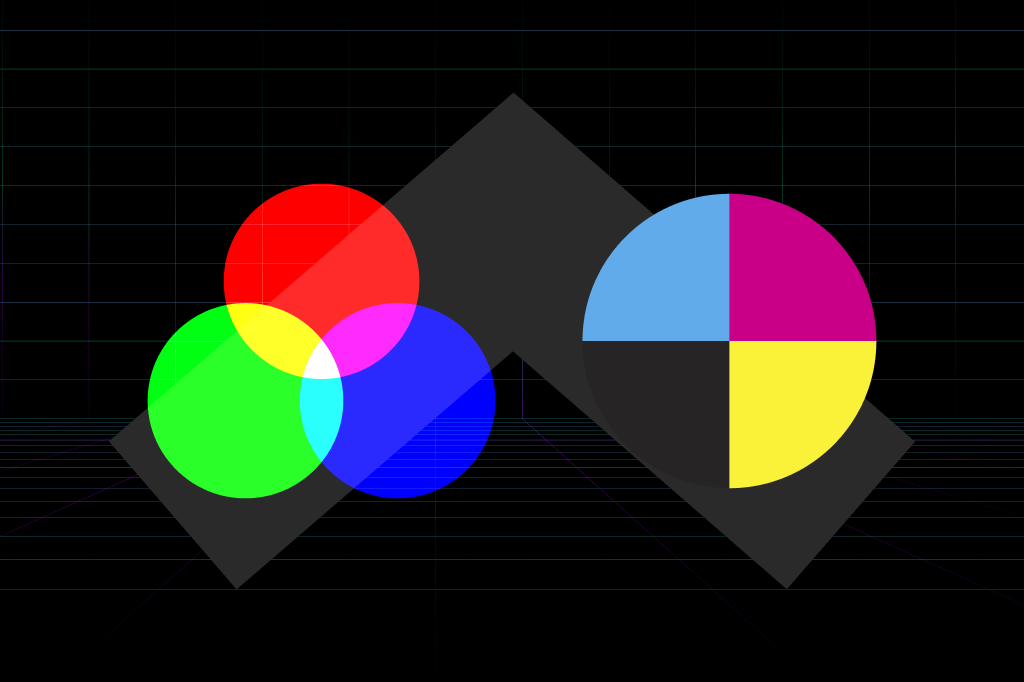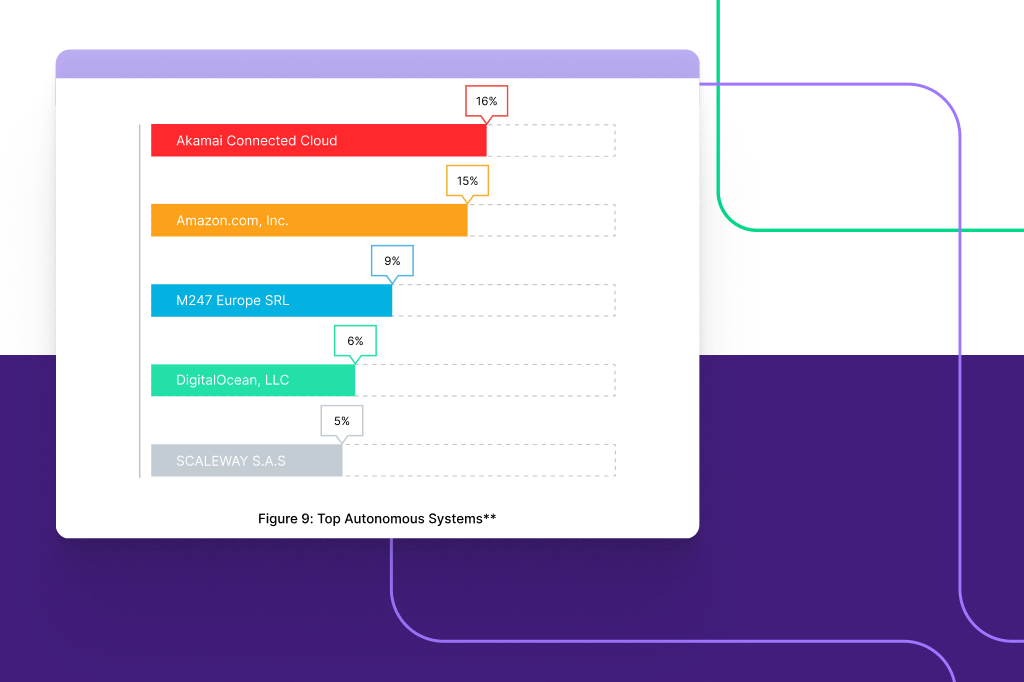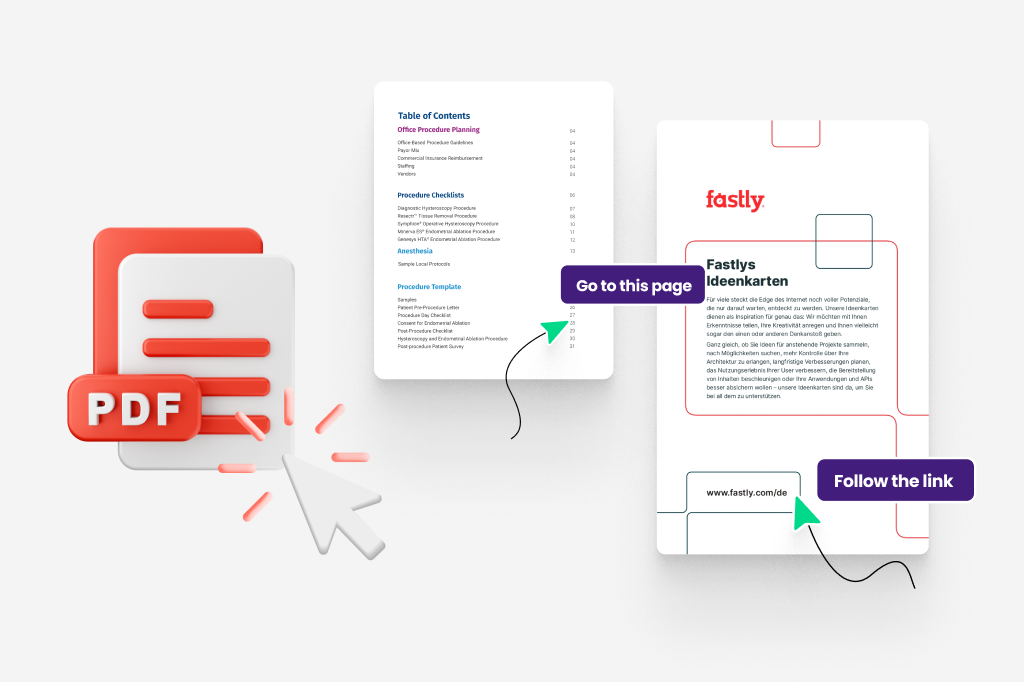
08/31/2023
How to Master an Interactive PDF Design
Let’s take two PDFs. One has continuous blocks of text without a trace of a single visual or interactive element. The second has embedded videos, links, GIFs, clickable links, and pictures.
Which of the two will the readers ditch mid-way? It’s easy to answer this one. Interactive content gets 52.6% higher engagement compared to static content. Plus, buyers spend 13 minutes on average on these content items.
Want to see these results for your PDF-based content items? Here are some tips.
Mastering an Interactive PDF
Follow these tips to create an interactive PDF design for your content.
- Create/Use a Template: Using a template is a quicker way than starting an interactive PDF from scratch. It’s easy to find templates for magazines, ebooks, training manuals, case studies, catalogs, and more. Using the same template for different PDF-based content also lets you keep your style, layout, font, and alignments consistent.
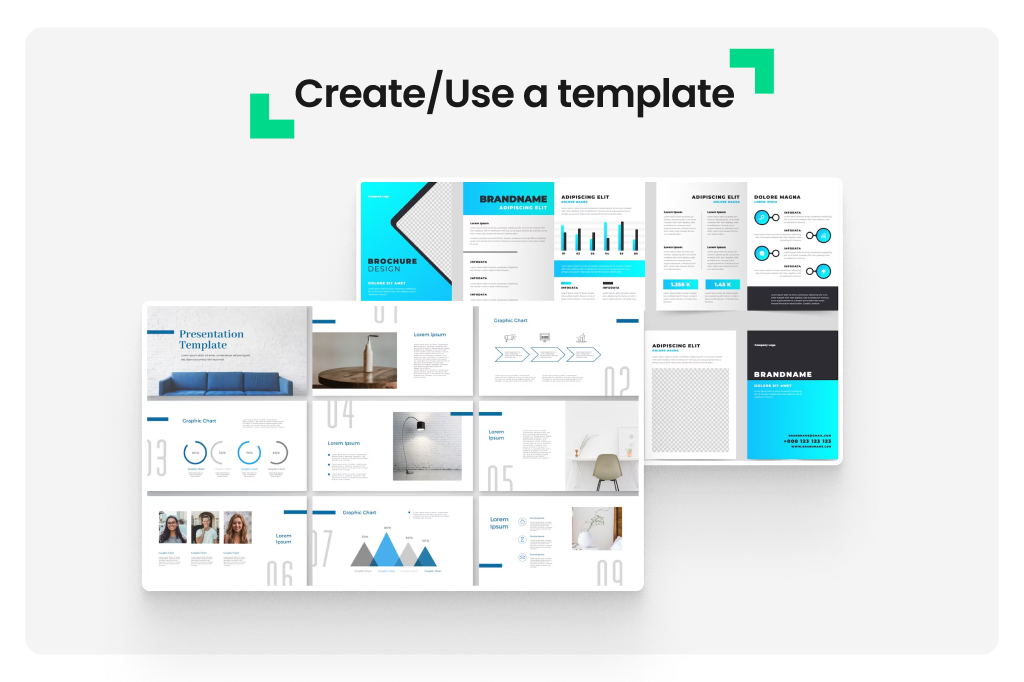
- Add Clickable Links: You can link everything from video thumbnails and shapes to text. Add clickable links to direct the readers to external pages, like your website or social media pages.
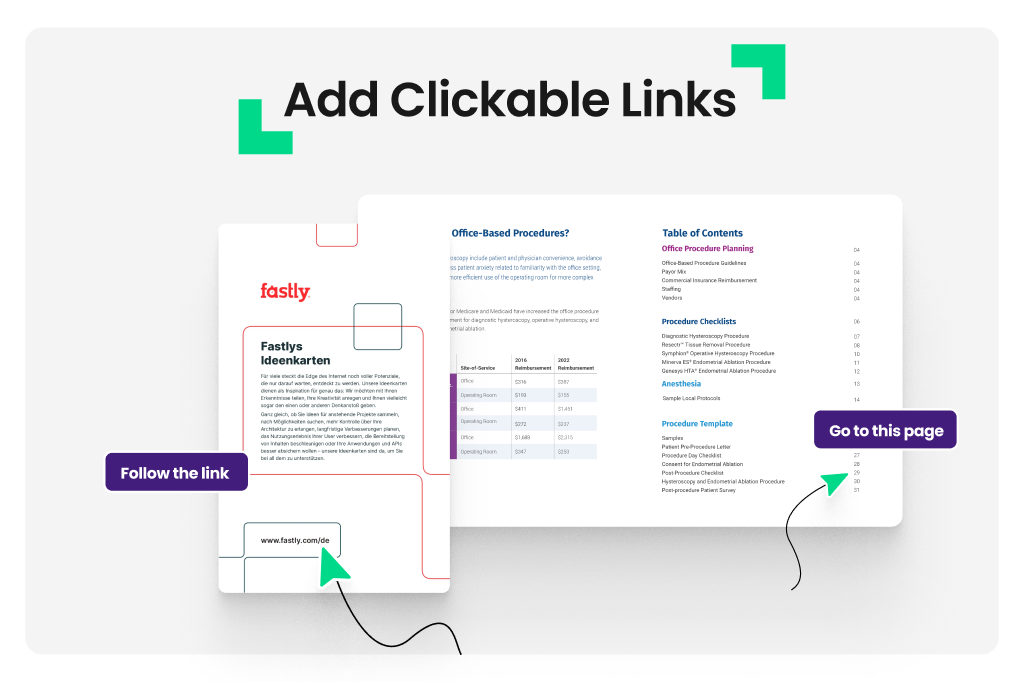
- Use Animations: Text animations like blinking objects and moving text make a PDF easily readable. Don’t overdo it, though. You don’t want to distract readers from the actual message.
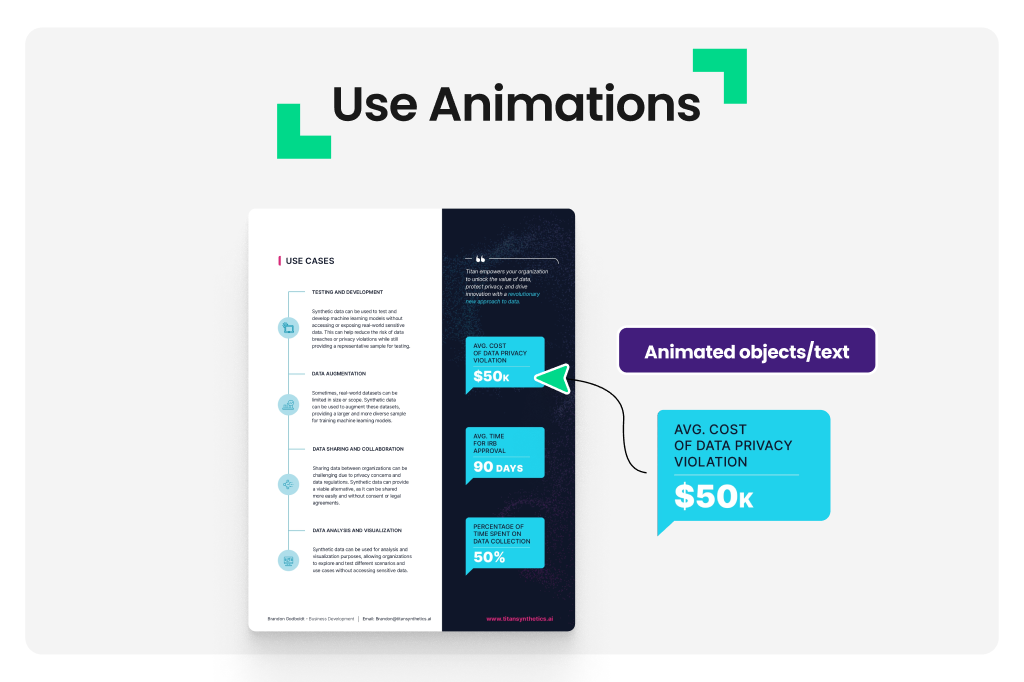
- Add Videos: Interactive video is used by 31% of marketers worldwide. It makes a lot of sense to use video in interactive PDFs since it’s the most commonly consumed piece of media. If you want to add a no-hassle video to your PDF, use a video customer review or a staff member’s introduction. Similarly, use explainers and how-to videos for PDF-based commercial proposals and brochures.
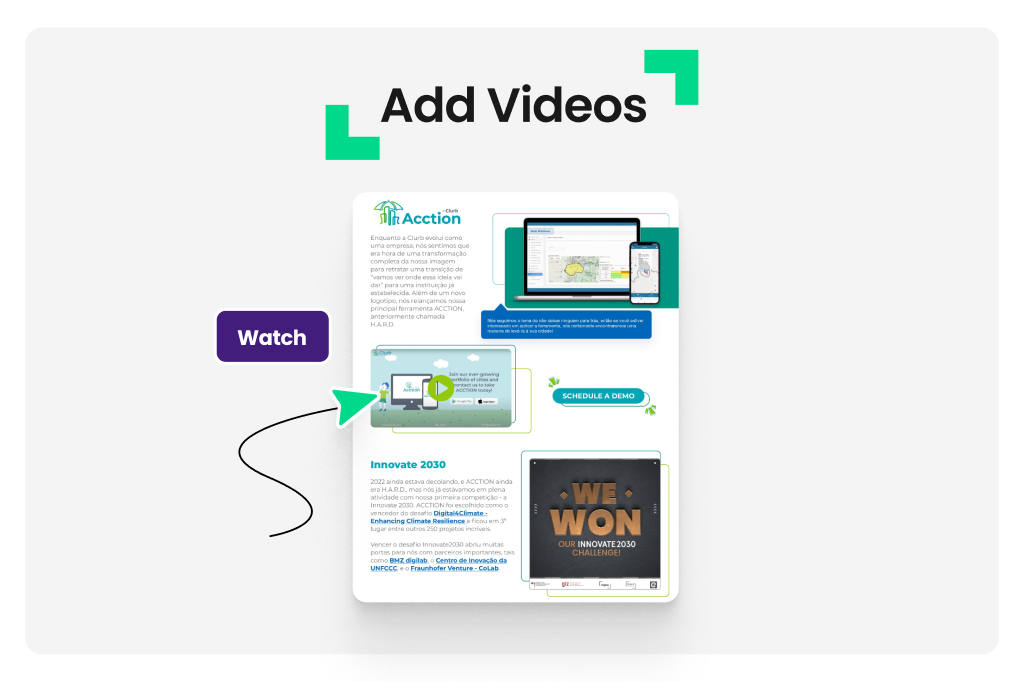
- Use Pop-Up Images: Pop-up images enlarge when someone clicks on them. You can add pop-up images in your PDF image galleries or use them to represent data in charts and diagrams. Infographics are a great way to do this.
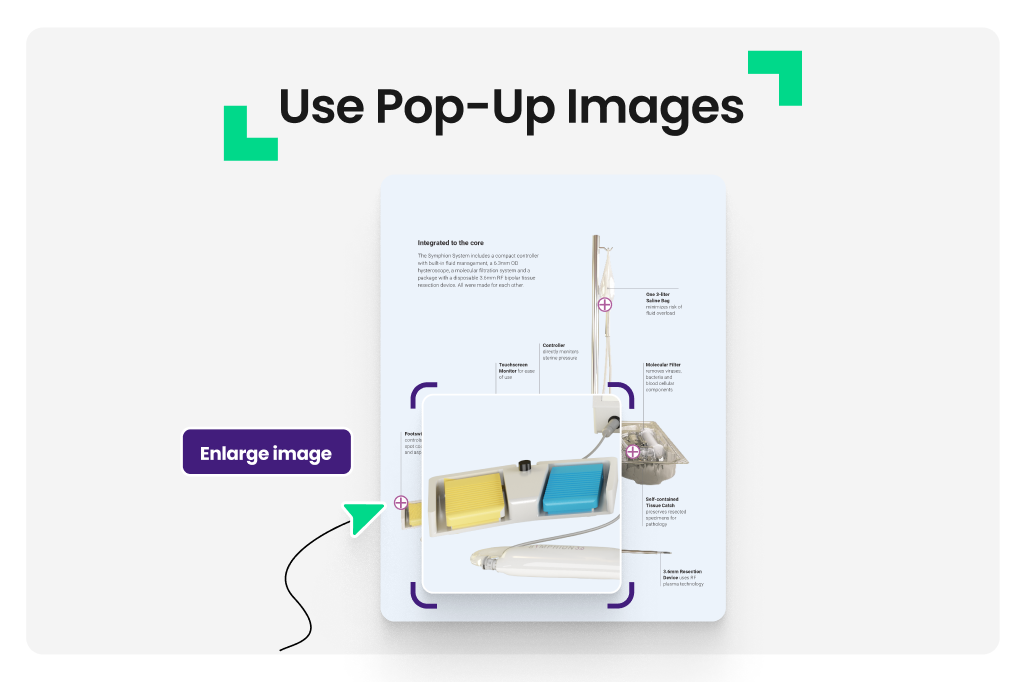
- Add GIFs: GIFs are not merely for your Whatsapp chats or Instagram stories. You can also use them to make your PDFs more interactive. Add them for their fun factor or to simplify complex topics and processes.
Happy interactivity!
